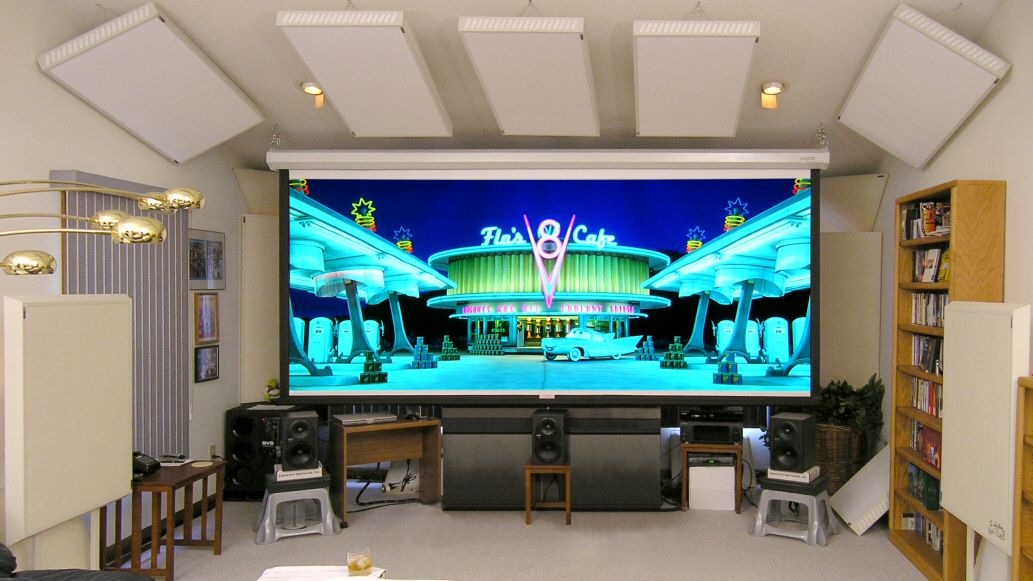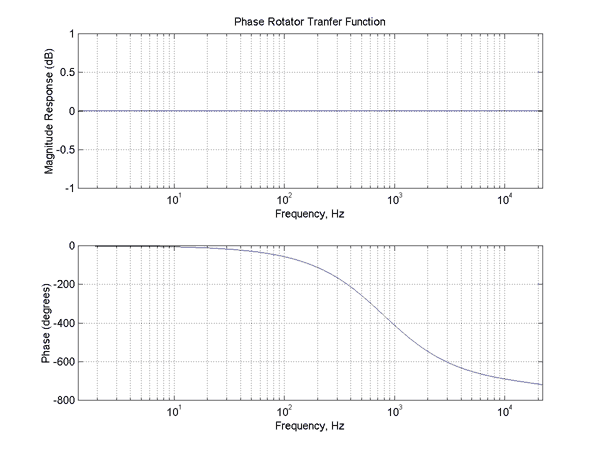Wow. I can’t imagine how many bass traps it takes to get a waterfall like that! Scratch that, I see at the link that you have 44 of them. So your 400 sq. ft living room has just 125 sq. ft. left, I’ll bet – LOL!
Regards,
Wayne A. Pflughaupt
I see at the link that you have 44 of them.
So your 400 sq. ft living room has just 125 sq. ft. left, I’ll bet – LOL!

I have no bass traps in my living room, and it looks flatter than Ethan's.
I love you to death JJ, but I have to call BS on that. Unless your living room is six times larger than usual. Can you post a high resolution waterfall of the LF response taken at the listening position? And no fair doing what one wise guy HT "designer" did at AVS a few years ago, when he put the measuring microphone a foot in front of the subwoofer!
--Ethan
Good progress. Given the results, it seems like the null was created due to interaction with the mains. In that case, changing the delay on it may have equiv. effect. Try adjusting that and see what happens.
Yes, delay and phase are the same thing on a subwoofer control.Amir,
Are you suggesting phase adjustment, or, something more like Nyal has outlined (e.g. Trinnov etc.)?
Yes, delay and phase are the same thing on a subwoofer control.
Amir,
Are you suggesting phase adjustment, or, something more like Nyal has outlined (e.g. Trinnov etc.)?
Are we saying room modes and SBIR are the same?
(...) I don't think Room Modes (resonances) and SBIR (phase cancellation) are the same.
Awesome Ethan! :b
* The picture on your screen; it's not a real projected one?
I have no bass traps in my room and I am fortunate that my room was built to the Golden ratio (Golden Proportions). My response is flat to below 20hz with no bass overhang and the bass starts and stops on a dime! ... I listen with my ears and they tell me everything I need to know.
I see you didn't read the description, then? And I am very sure of my measurements. It helps that I have no parallel walls, and the volume is rather much, with the 20' peak in the ceiling.
Same is true of the so called "phase" control on a subwoofer. The circuit used is actually quite simple and is called an "all-pass filter." This is a filter which has constant amplitude but has a phase which changes with frequency -- exactly what the delay does. Here is its response:Well they do the same thing but pedantically speaking they are not the same. A 1ms delay represents a different phase shift at say 20Hz vs 80Hz because the wavelengths are different.

Same is true of the so called "phase" control on a subwoofer. The circuit used is actually quite simple and is called an "all-pass filter." This is a filter which has constant amplitude but has a phase which changes with frequency -- exactly what the delay does. Here is its response:
They are simply implemented in analog domain by cascading a low-pass and high-pass filter. That backs out their magnitude response change (top graph), leaving one with just the cascaded phase shift per graph below.
This is what I know of their implementation having looked their circuit design. Do you have a source that says differently?
Right, I put the camera in place, then shot the screen with the lights completely off, then again with the lights on. Since the camera didn't move between shots, it was easy to paste the screen portion onto the lighted portion. BTW, after all the years I've been showing this photo, you are only the second person to notice this. The other person is my video / camera expert friend Mark Weiss, also a member here.
--Ethan
| Steve Williams Site Founder | Site Owner | Administrator | Ron Resnick Site Co-Owner | Administrator | Julian (The Fixer) Website Build | Marketing Managersing |

